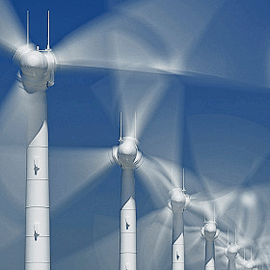 |




 |
|
| Technologies | ||
| Energy
Harvesting |
Erallo's Capabilities
|
||||
|

|
|||
|
|
|||
|
|
||||
 |




 |
|
| Technologies | ||
| Energy
Harvesting |
Erallo's Capabilities
|
||||
|

|
|||
|
|
|||
|
|
||||